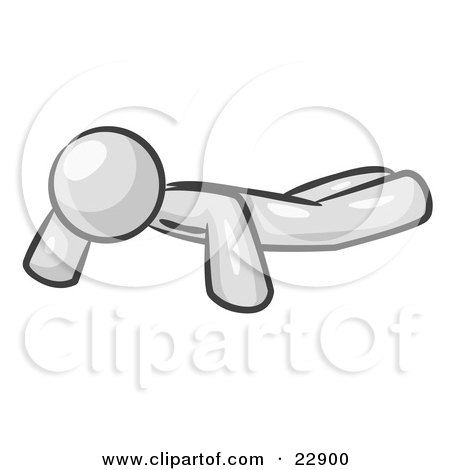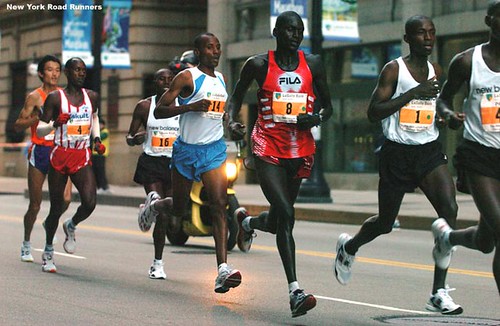Interval Training
Periods of high intensity work intersperced with specific rest periods.
1. Old School Interval Training
"Get comfortable, with the uncomfortable"
Components of fitness trained: Speed & CV Endurance
8 Runs x 150m - 45 second recovery after each run
Anaerobic work results in latic acid (burn in muscles and chest). Training develops lactic tolerence.
Advantages
1. Develops more then one component of fitness
2. No specific training needed
3. Can develop lactic tolerence
Disadvantages
1. Doesn't develop as many components of fitness as cross training
Somebody who would use this sort of training would be a short distance runner. This would be because it focuses on there certain event, and develops the compenents of fitness that they need in there certain event in speed. Games players might also use this sort of training method to develop there speed or cv endurance but cross training would develop more components of fitness so they are less likely to train with this method of interval training.
2. Cross Training With Intervals
5 Press Ups
10 Kettle Bell Swings
15 Kettle Bell Lunges
1 Wall Climb
AMRAP - 3 minutes. 5 Rounds in total.
Rest Period of 1 minutes between each round.
Trains explosive power, strength, speed, agility, co-ordination, flexibility & cv endurance.
Advantages
Focuses on a lot of components of fitness
You train in both the anerobic, and aerbic training zones.
In the intervals of work, your able work at a very high tempo because of the rest periods.
Disadvantages
Needs specific training (kettle bell swings, kettle bell lunges)
Harder work then the sprinting
Somebody who would use this method of interval taining over the old shool method of training would be a games player. This would be because they would want to develop more components of fitness then just speed and cv endurance so by using this method of training they can develop explosive power, speed, strength, agility, co-ordination and flexibility aswell as speed and cv endurance. So this training would help them more during a match as the components of fitness developed would be much more relevant to a match situation.

















